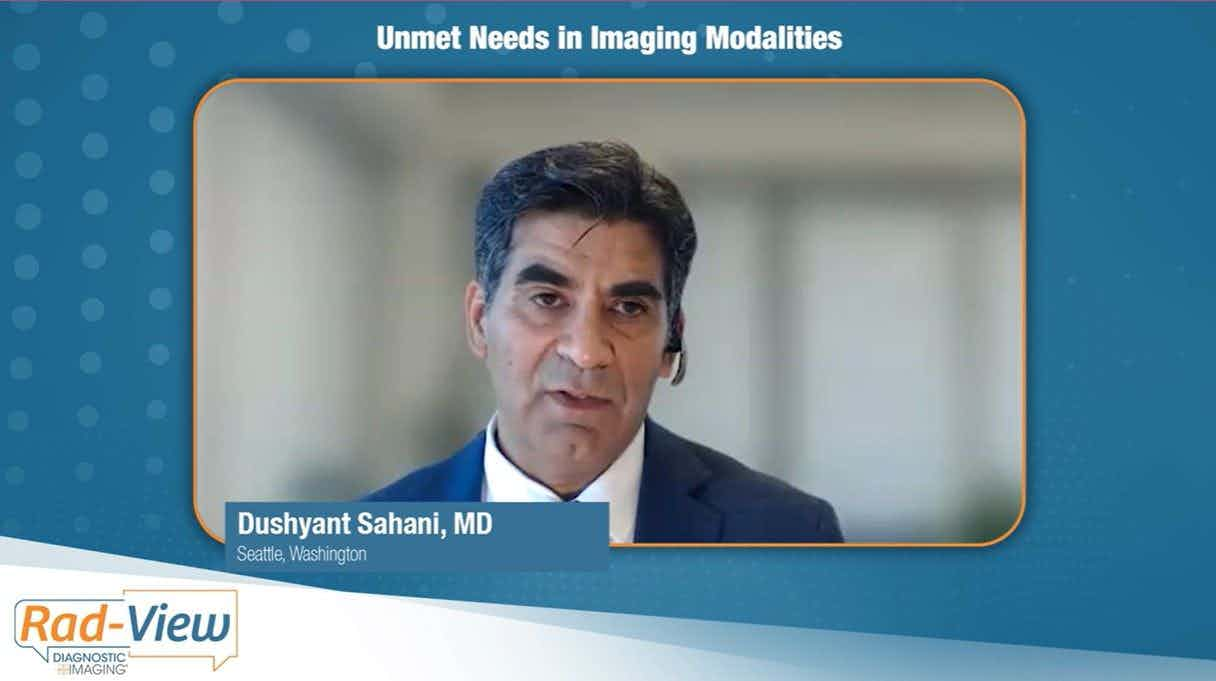DI challenges readers to swallow story that features pointed findings
We hope one of the things that distinguishes us from other medical imaging media is our sense of fun. The practice and science of radiology can be scintillating reading (especially when it relates to nuclear medicine), but it can require intense mental concentration as well.
We hope one of the things that distinguishes us from other medical imaging media is our sense of fun. The practice and science of radiology can be scintillating reading (especially when it relates to nuclear medicine), but it can require intense mental concentration as well.
Diagnostic Imaging attempts to create a mix of substantive material and lighter fare. News reporting can be either serious or carefree. We throw ourselves into investigating big stories that shake all of radiology, but we enjoy reporting the "radiologist bites dog," story, too.
Maybe that's why sword swallowing has taken on near mythic status here. The story begins at the 1998 RSNA annual meeting. Philip Ward, editor of Diagnostic Imaging Europe, discovered a scientific poster that described the use of standard radiography to unravel the physiological processes underlying the art of sword swallowing.
Phil had never known an exhibit to attract so much attention in eight years of regularly visiting the poster display. People huddled around to read the wonderful human interest story. He would have reported the story immediately if Radiographics hadn't quickly claimed it for future peer-reviewed publication.
There is no evidence that poster presentation ever made it into print, and our coverage remained on the back burner for nine years.
The story's day has finally come. Science has taken another step forward in humankind's understanding of the art of sliding sharp metal objects down one's gullet. This is a dream fulfilled for Phil because the latest development allows him to cover both stories. His report appears in this month's Overread section.
Mr. Brice is senior editor of Diagnostic Imaging.
What is the Best Use of AI in CT Lung Cancer Screening?
April 18th 2025In comparison to radiologist assessment, the use of AI to pre-screen patients with low-dose CT lung cancer screening provided a 12 percent reduction in mean interpretation time with a slight increase in specificity and a slight decrease in the recall rate, according to new research.










